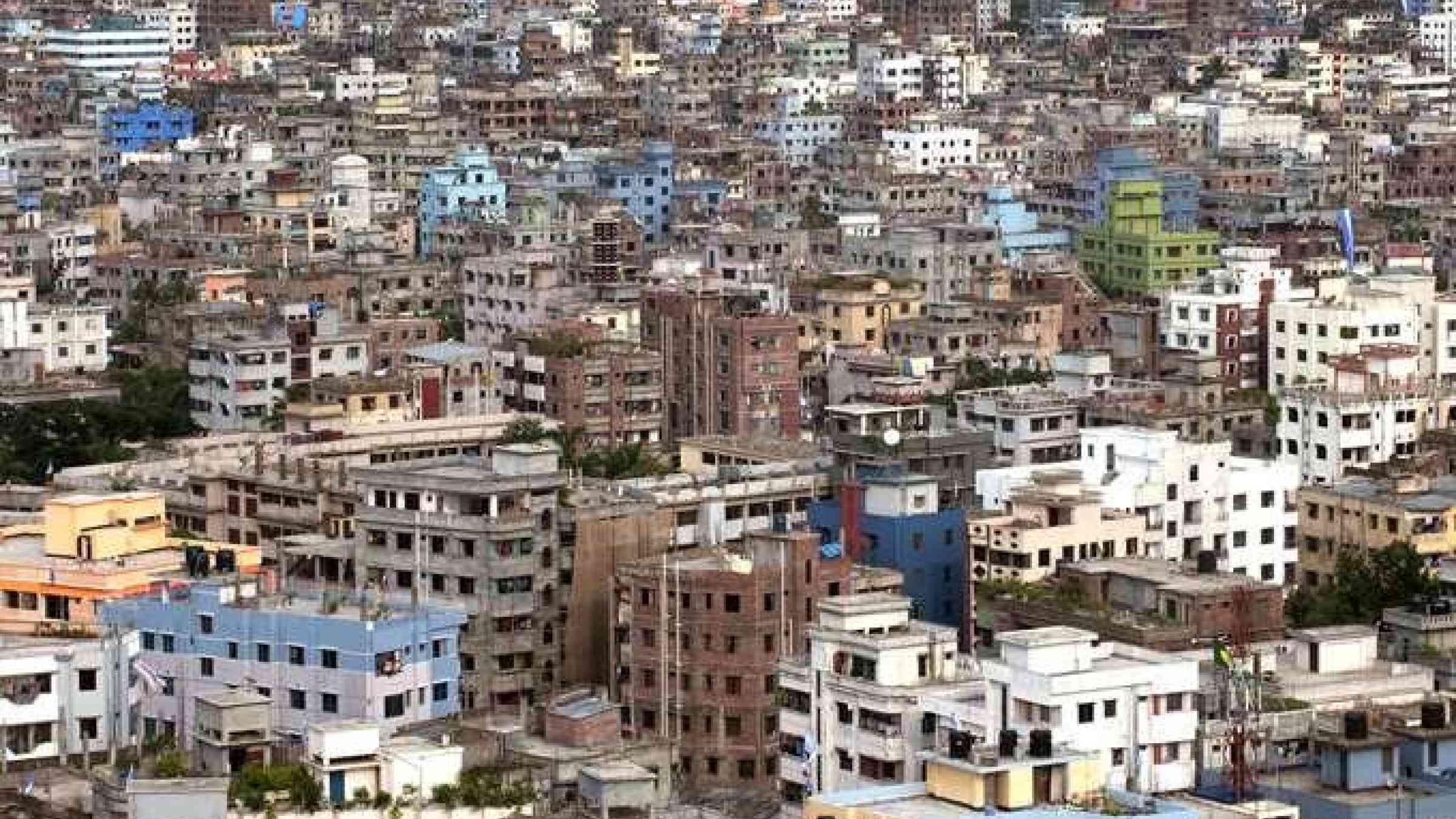From urban risk to resilience: building safer cities

A year ago in April 2015, a 7.8 magnitude earthquake in Nepal killed nearly 9,000 people and demolished thousands of schools, homes, hospitals, and historical landmarks. Countless other seismic and climate-related catastrophes have brought $4.2 trillion in losses over the last few decades. To help curb losses like these, the World Bank Group and the Global Facility for Disaster Risk Reduction (GFDRR) are unveiling an unprecedented global partnership aimed at strengthening building regulation for disaster resilience in vulnerable countries.
Surging urban populations, ineffective building regulation
Nearly 1.4 million people are moving into urban areas every week, and the need for effective building codes and land use planning is growing in step. Nairobi’s population, for example, has grown from 350,000 in the 1960s to 3.1 million today. The city has experienced numerous collapses and fires over the past 20 years due to inadequate building codes. Moreover, at least 60 percent of this growing population lives in slums, creating even greater implementation challenges.
Unplanned urbanization and lack of effective building regulation are major drivers of natural disasters losses, which have more than quadrupled since 1980. Disasters also disproportionately impact the poor, with low- and middle-income countries suffering nearly 90 percent of all disaster-related fatalities since 1990, despite experiencing less than half of the disasters. Moreover, climate change is threatening to exacerbate these losses through more extreme droughts, cyclones, and floods, and may push 100 million people into poverty by 2030.
That’s the bad news.
The good news is that we have a unique opportunity to create safer, more resilient cities through effective building regulation. Humanity will build more over the next 20 years than it has in its history – more than 1 billion new dwelling units alone will be built by 2050. By taking advantage of this window of opportunity, we can design cities that are responsive to a number of complex challenges – including disaster risk and other chronic hazards like fire, spontaneous collapse, and more.
The Building Regulation for Resilience Program
Major development partners like the World Bank and GFDRR, along with governments, the private sector, and civil society, are coming together to better address these challenges. The new Building Regulation for Resilience Programdemonstrates how a combination of governance reform at the national level, institutional capacity building, and the establishment of transparent and accountable processes at the local level can effectively mitigate disaster risks.
The program presents success stories of countries that have been able to reform building regulation. Japan, for example, has developed national laws based on scientific research, engineering analysis and lessons learned which, combined with a framework for certification, inspection, professional and workforce training, building finance and insurance has reduced the natural hazard risk in its metropolitan areas. Japan’s achievements in building regulation, along with other successes from around the world, are surveyed in the program’s new flagship report.
The program does not simply call for a replication of the developed-country experience, however. It strongly emphasizes the need to include local cultural, economic and social factors into its strategy, allowing for compliance with building codes to be more easily accessible to the poor and marginalized.
In Northern Pakistan, for example, the dhajji dewari approach – a timber and stone earth construction practice – has developed over centuries to adapt to natural hazards typical to the region. Ensuring that similar methods are formalized and included in mainstream building practices can reduce the costs of complying with building standards, while increasing resilience in the built environment.
Towards safer, more resilient cities
Building codes and land use planning – when correctly formed and implemented – have proven to be the most effective way to improve health and safety in cities and reduce disaster risk. Ensuring that building regulatory capacity keeps pace with fast-growing cities is a critical step in protecting lives and livelihoods in vulnerable countries, and will help prevent development gains from crumbling or being washed away in disasters. Through applied science, sound engineering, and the right institutions, the Building Regulation for Resilience Program aims to build a safer and more resilient future.